HISTORY & PRODUCTION
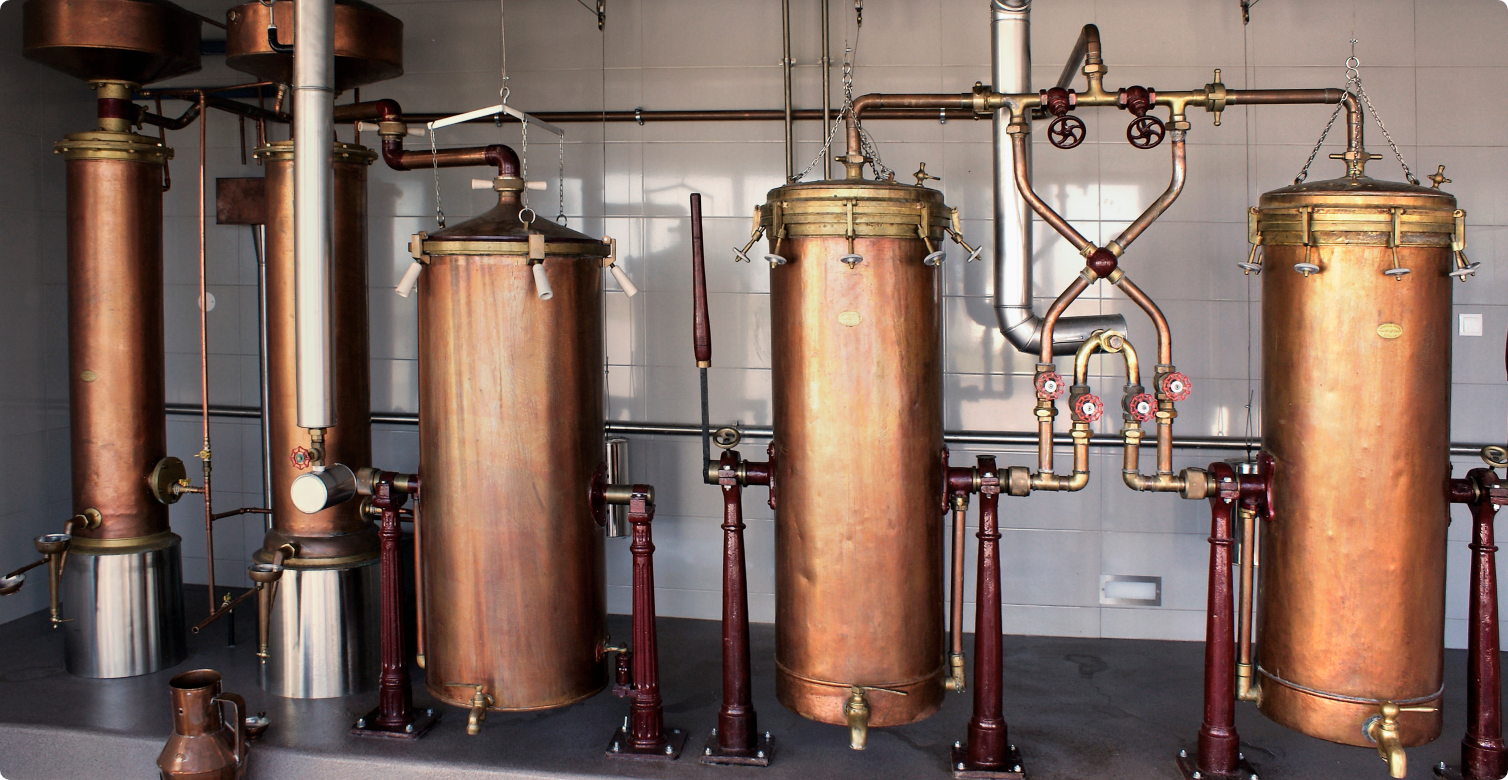
The Distillery
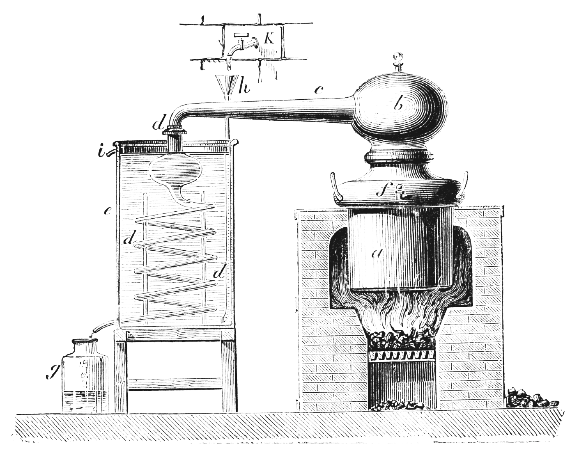
Of construction in the Sec. In the 18th century, the distillery, with its all-copper style, continues to operate at the same pace as ever. It is at the end of the harvest that the Quinta takes care of the production of its distillates.
The water is boiled in a wood-fired oven and the steam is carried through tubes to the large cylindrical containers, where the fresh masses of the best grapes are placed. After the slow condensation process, the brandy is collected in a barrel.
At the end, the distillation surpluses (head and tail) are carefully removed, resulting in a very pure distillate, with a fine aroma, elegant and high quality.
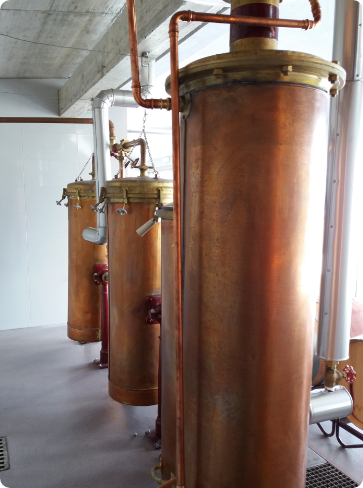
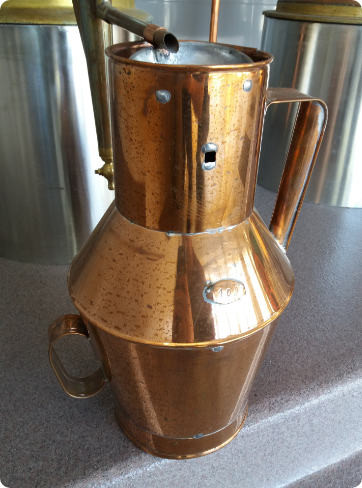
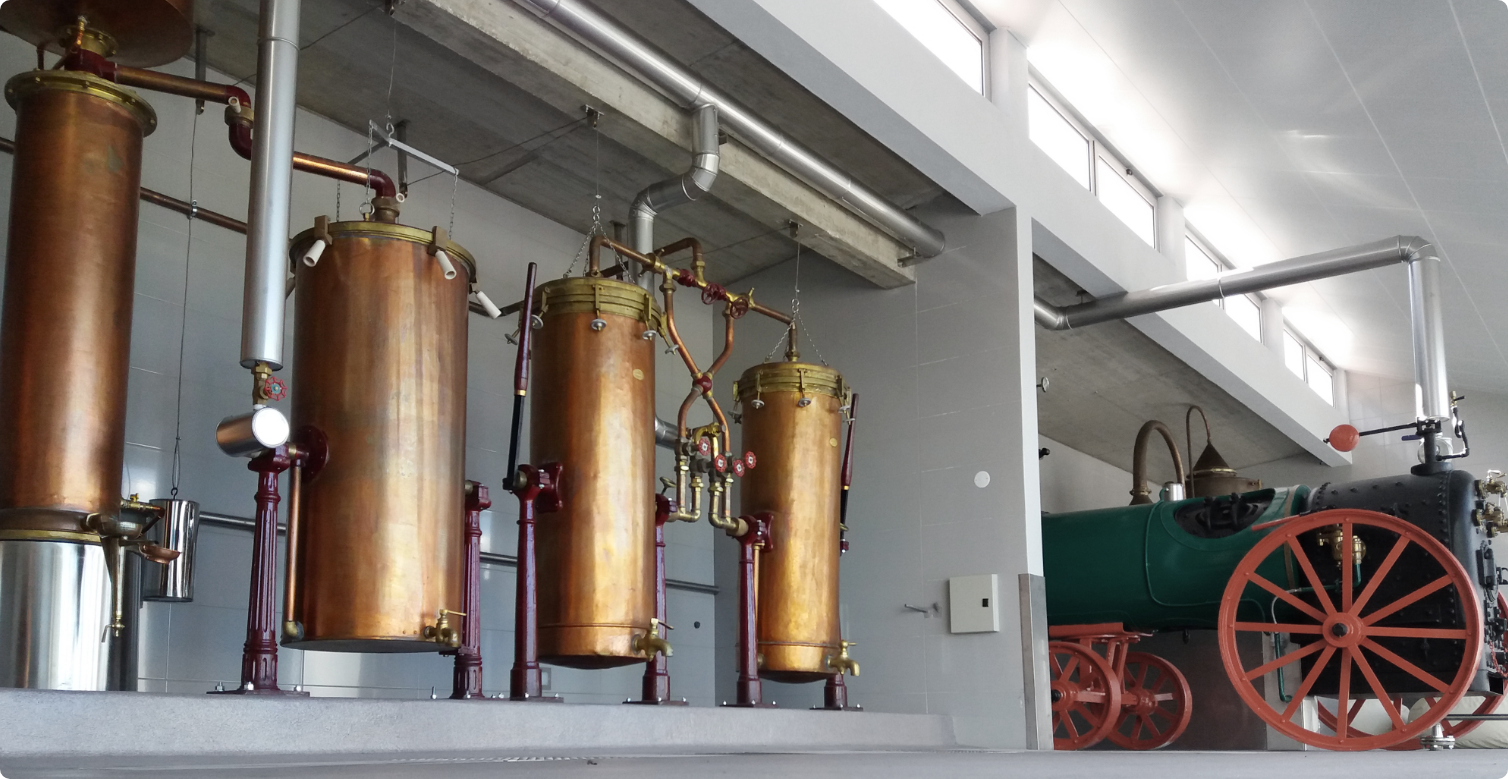
How is it produced a brandy
After distilled, the brandies must be aged in order to enhance their aromas and become softer and more pleasant to drink. Normally, brandies are aged in French oak, national oak or chestnut wood barrels for a minimum period of two years (the minimum to be considered “Old” brandies), ideally they should rest in barrels for at least six years. During each year of aging, the brandy loses about 5% of its volume due to evaporation and infiltration into the wood, this is called “Angel's share”.
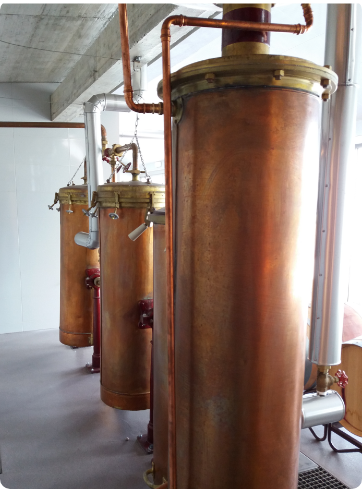
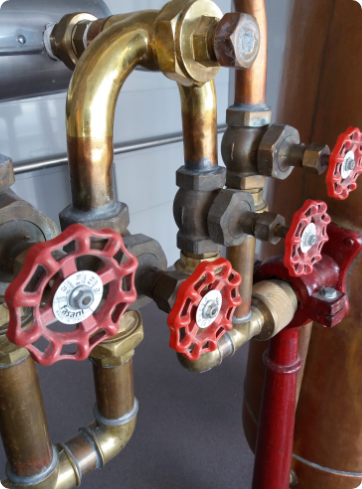
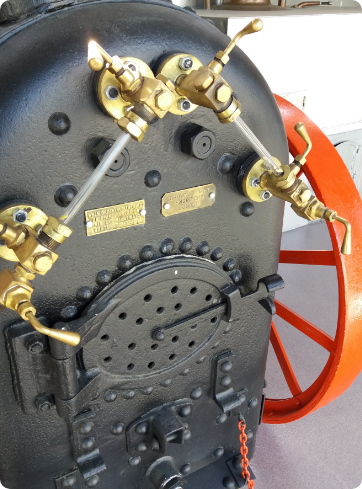
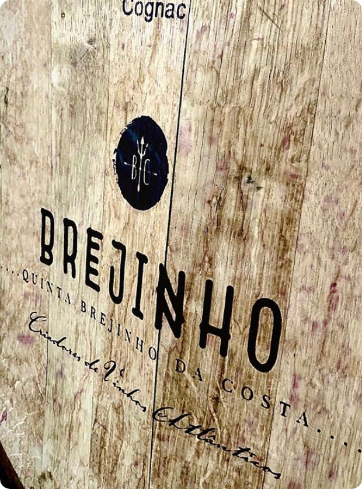
Aging
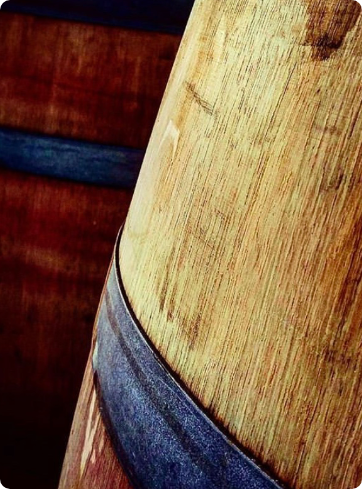
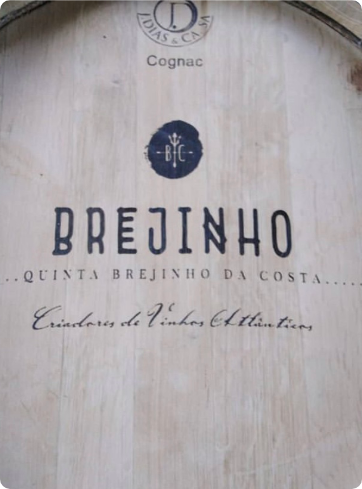
The distilled brandy of each variety ages separately, exclusively in oak and chestnut barrels, and rests peacefully in the cellar.
The spirit leaving the distiller is clean. It goes directly from the still to the barrel. And there, it will grow old.
Approximately 60% of barrels are new each year. The Barrels are carefully selected, they are handmade in a totally traditional way, in different grades - strong wooden toasts. As it ages, the brandy evaporates slightly (what we call the “angel part”) and gains color. It becomes more flexible, the alcohol by volume decreases and the more volatile ethers disappear. Slowly, as it ages, it gradually develops the aromas that forge its character. Each barrel evolves differently over time, each barrel is carefully monitored; color and alcohol level are checked and tasted.
The angels share accounts for approximately 4% in the first year, then 3% each year for the next two years, and stabilizes at 2% after about 20 years. Alcohol drops rapidly in the first year, from 53% to 48% after 5 to 8 years, and then to 46% when the brandy is 15 to 20 years old. In the aging cellar of Brejinho da Costa, the oldest barrels are generally fixed at 43%.
The quality of the aging cellar itself is one of the most important elements for good aging. The cellar has natural ventilation and the temperature varies slowly. Humidity is high. All these factors are vital for good aging.
How is it produced a vodka
For the production of VODKA do ATLANTICO we opted for a magnificent local product, the Sweet Potato do Carvalhal, products of regional excellence and an excellent source of vitamins, antioxidants and minerals such as zinc, a food as versatile as it is recommended.
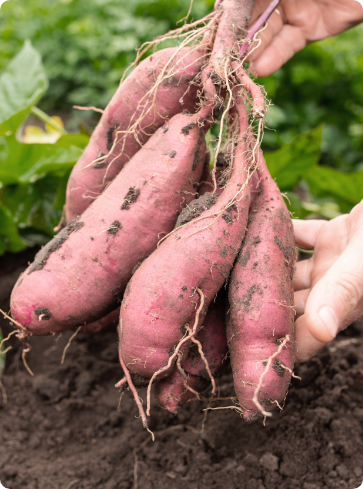
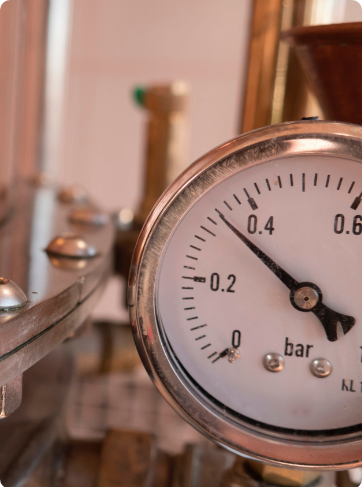
What are brandies wineries
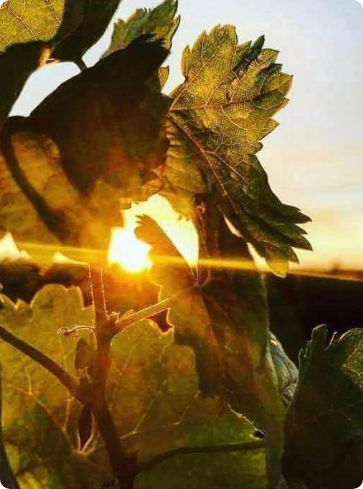

Blend
Blending is a decisive phase and is the last step in the long process of making a brandy.Vodka's history
It soon became a noble drink, available only to the tsar's inner circle and church officials.
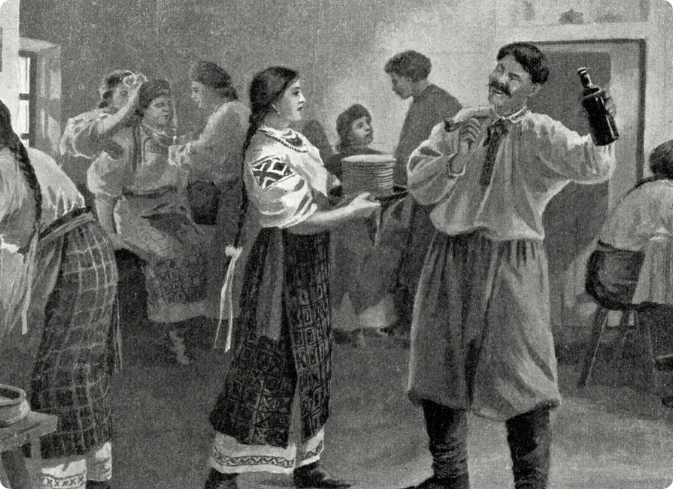
How is it produced a gin
Four centuries ago, gin was initially created for medicinal purposes. Today, this drink made from the infusion of spices, delights palates with its complexity and different shades born from the distillation process. Such a technique is the soul behind the gin, where the ingredients are mixed, creating the characteristic and striking scent and flavor. The way each gin is made varies from recipe to recipe, brand to brand, some secrets may well be revealed to our customers. Our wine base from our Quinta is subject to aromatization where "time is the composer of destiny", therefore, it is worth noting that this cold maceration process is the essential note to accentuate all the aromas and flavors of the botanicals and compose a premium gin, wave the duration is never less than the time of a moon...
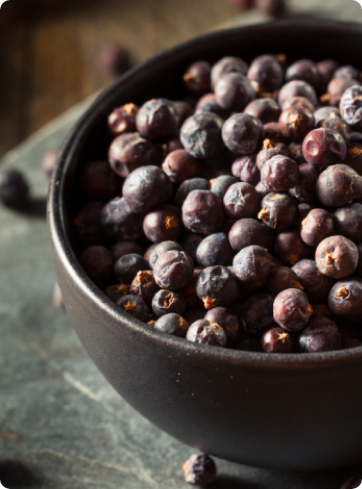
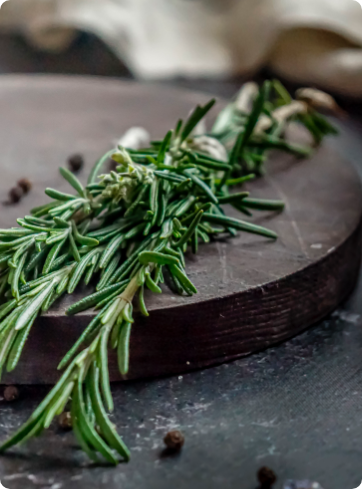
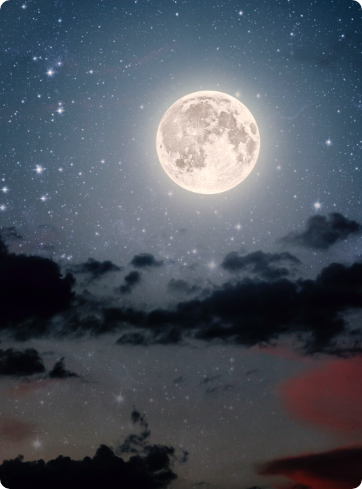
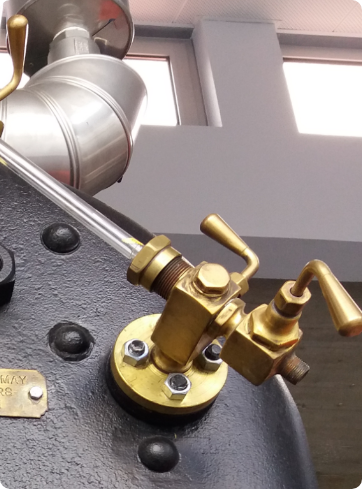
Gin's History
There is a lot of history behind the gin that is consumed all over the world. Created by a Dutch doctor, its initial function was to be used for medicinal purposes, especially after the European devastation by the Black Death. So, the population believed that the drink made from juniper (composed of gin today) could be the miracle cure for the disease. The popularity was such that many people migrated to the cities where there was greater production of alcohol, and they lived there for a long time. These populations became chaotic and without any conditions for survival. The consumption of gin became uncontrolled and reached an average of half a liter per day for each person, always with the aim of leading to the cure of diseases.


